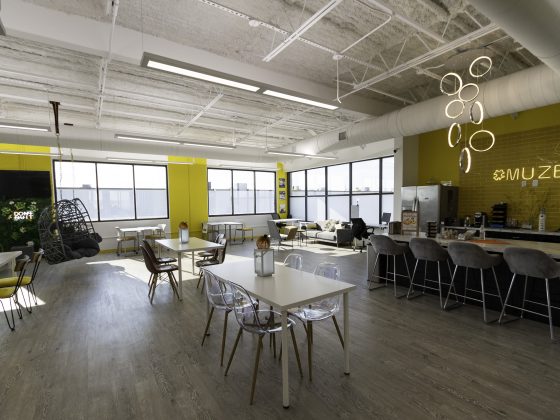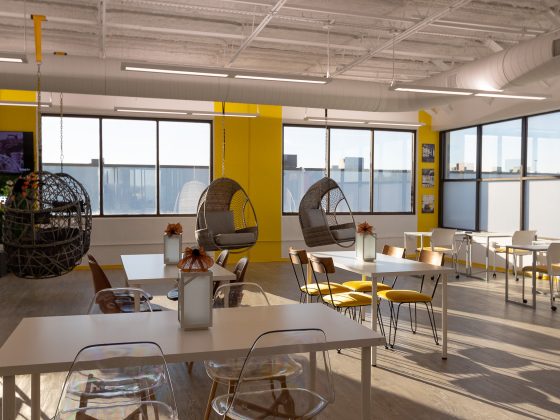Office lighting design plays a significant role in employee productivity, mood, and overall well-being. Effective lighting can reduce eye strain, improve focus, and create an inviting work environment. In this article, we’ll share essential tips for creating an illuminating workspace through thoughtful office lighting design.
Optimize Natural Light
Natural light is the most comfortable and effective form of lighting. Make the most of available daylight by positioning desks near windows, using light-colored window treatments that diffuse sunlight, and choosing glass partitions that allow light to flow throughout the space. Natural light can boost employee mood, reduce energy costs, and create a more pleasant work environment.
Layer Lighting Sources
To achieve a well-lit and versatile workspace, layer different lighting sources, including ambient, task, and accent lighting. Ambient lighting provides general illumination for the entire office, while task lighting focuses on specific work areas, such as desks and meeting rooms. Accent lighting highlights architectural features or artwork, adding depth and visual interest to the space.
Choose the Right Color Temperature
Selecting the right color temperature for your office lighting can impact employee comfort and productivity. Cooler color temperatures (4000K – 5000K) are best suited for task-oriented areas, as they promote alertness and focus. Warmer color temperatures (2700K – 3000K) are ideal for break rooms and common areas, creating a more relaxing atmosphere.
Prioritize Energy Efficiency
Invest in energy-efficient lighting solutions, such as LED or CFL bulbs, to reduce energy consumption and lower your utility bills. Energy-efficient lighting options not only save money but also require less maintenance, as they typically have a longer lifespan compared to traditional bulbs.
Opt for Adjustable Lighting
Incorporate adjustable lighting options, such as dimmable lights and desk lamps with adjustable brightness settings, to accommodate individual preferences and various tasks. This allows employees to customize their lighting environment, reducing eye strain and improving overall comfort.
Minimize Glare and Shadows
Glare and shadows can cause eye strain and discomfort, negatively impacting productivity. To minimize glare, choose fixtures with diffusers and position them strategically to avoid direct light on computer screens. Similarly, ensure that task lighting is placed in a way that minimizes shadows on the work surface.
Consider Aesthetics
While functionality is essential, don’t overlook the aesthetic value of lighting design. Choose fixtures that complement your office’s overall design and style, creating a cohesive and visually appealing space. Thoughtful lighting design can contribute to a positive impression on clients and visitors, as well as employee satisfaction.
Creating an illuminating workspace involves careful consideration of natural light, layered lighting sources, color temperature, energy efficiency, adjustability, and aesthetics. By following these tips, you can design an office lighting environment that supports employee productivity, comfort, and well-being. Transform your workspace with effective lighting design and enjoy the benefits of a well-lit, inviting office.




